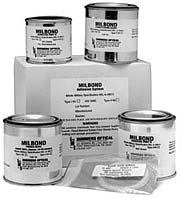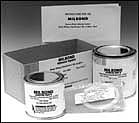structural adhesives and epoxies TYPE EK-93
Lens Bond Type EK-93 is a non-toxic 100% solids epoxy system that is thixotropic and will not drip, sag, or shrink. Lens Bond Type EK-93 is an excellent structural adhesive that will bond virtually all like and unlike substrates with equal strength. It consists of a two-part formulation that is mixed in a 50/50 ratio. It has been tested and has been found to be resistant to solvents, oils and humid environments.
Approximate Curing Times
Mixing InstructionsApproximately equal amount of "A "and "B" (by volume). Variations as high as 20% will not materially affect bond strength. When desirable, one part of "A "to 2 parts of "B "may be used to increase flexibility. SpecificationsViscosity........................>25,000 cps.
Refractive Index (full-cured)....n/a opaque
Operational Temperature Range....-20�to 100�C
Water Absorbtion.................<2% (after 7 days @ 22�C)
Tensile Shear....................6800 psi
Shrinkage on Cure................<.07%
Specific Gravity.................Part A=1.3; Part B=1.7;
combined 1.45 at 1:1 ratio
Dielectric Strenth...............440 volts per mil
Ratio Elongation.................7%
Shore D. Hardness................>95
Glass Transition (Tg)............100�C to 115�C
Shipping and Storage.............Type EK-93 needs no special handling
or storage. It should, however, be kept
away from intense light and elevated
temperatures.
Shelf Life.......................18 months from date of manufacture at
room temperature.
Size.............................4 oz, 16 oz, 90 lbs
Suggested Applications
Back to Main Menu | Back to Cement Table of Contents TYPE Milbond Adhesive SystemMilbond is an elastomeric-epoxy adhesive system for most glass to metal bonding applications. Milbond kits include an adequate quantity of spacer materials requested by the Military to maintain a bond layer thickness of .015" (.38mm). Milbond meets Military specification MIL-A-48611. Milbond can also be used in glass to glass, glass to plastic, metal to plastic, and metal to metal bonding.
|
||||||||||||||||||||||||||||||||||||||||||||||||||||||||||
| Mix Ratio | Room Temperature 25�C (77�F) |
Oven Temperature 71�C (160�F) |
|---|---|---|
| Epoxy 1:1 (by weight) |
7 days | 3 hours |
| Primer 1:1 (by volume) |
1 hour (to touch) 24 hours (to dry) |
Not Recommended |
Specifications
Pot Life @ 25�C...............................Primer- 8 Hours
Epoxy- 30 Min.
Coverage at .015inch (.38mm)..................1322 sq inches
Tensile Shear @ 25�C..........................2,099 psi
- After 60 min @ 70�C.......................992 psi
- After 60 min @ -50�C......................2,561 psi
- After 10 min @ 70�C(100% R.H.)............1,892 psi
(test to failure at .015inch bond
layer thickness, all failures
cohesive, thinner bond layers yield
higher results.)
Modulus of Elasticity @
-50�C......................................85,900 psi
+20�C......................................23,000 psi
+70�C......................................1,070 psi
(2inch long specimens were used,
5 specimens per test, and the
crosshead speed was .2"/min)
Mechanical Shock @
-40�C......................................250-400Gs
+20�C......................................250-400Gs
+70�C......................................250-400Gs
(Shock pulses were approximately half
sinewave; 1.5 millisecond duration.)
Linear Coefficient Of Expansion
From (+20�C) - (-54�C).....................6.2x10-5/�C
From (+20�C) - (+70�C).....................7.2x10-5/�C
(2inch long (50mm) substrates were used,
2 substrates per test.)
Outgassing TML (Total Mass Loss)..............0.98%
CVCM (ASTM E595)..............................0.03%
(Collected Volatile Condensable Material)
Thermal Conductivity.........................300-350 x 10-5 cal/(sec)(sq.cm)(�C)(cm)
Specific Heat @
40�C.......................................3 cal/(gm)(�C)
60�C.......................................35 cal/(gm)(�C)
80�C.......................................48 cal/(gm)(�C)
Specific Gravities
Primer Resin...............................1.21
Primer Curing Agent........................0.82
Adhesive Part "A" 34.......................1.769
Adhesive Part "B" 34.......................0.944
Mixed Adhesive (1:1 Ratio).................1.23
Shelf Life at 22�C............................1 year
Back to Main Menu | Back to Cement Table of Contents
Milbond Technical Data
Milbond Glass to Metal Adhesives Systems
Interferographic Testing of Bonded Optical Mirror System
Positions:
- Fringe Parallel to long dimension
- Fringe perpendicular to long dimension
- Fringe spread intermediate surface
*Bonded mirror assemblies were exposed to the environment temperature cycle of -62�C to +88�C in a three hour cycle for four times.
Before Bonding |
After Bonding |
*After Temp. Cycling |
|
Position #1 |
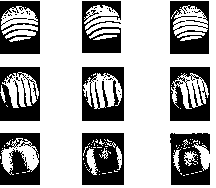
|
||
Position #2 |
|||
Position #3 |
|||
Youngs Modulus v Temperature
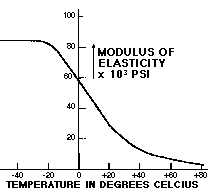
Milbond Temperture Cycling Test
5 Laser outcouplers bonded with Milbond Glass to Metal Adhesives System were subjected to temperature cycling as shown on the graph above. 5 cycles were conducted over a fifteen day period. After each cycle a mechanical shock and vibration test was conducted. The outcouplers were then tested for leakage.
The outcouplers were tested for long term high temperture resistance as per the following schedule:
100�C - 17 hours
100�C - 24 hours
100�C - 144 hours
130�C - 69 hours
180�C - 72 hours
At the completion of these test, the outcouplers were mounted on laser and tested for output.
The results: Higher shock resistance, Higher temperature resistance, 5% higher output than previous cement used.
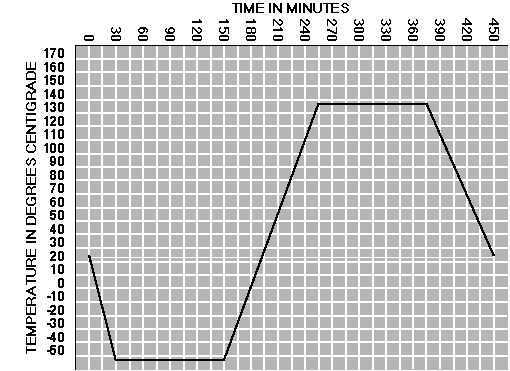
 Summers Optical
Summers Optical
Home Page | Shopping Cart | Products Catalog
A Division of EMS Acquisition Corp.
1560 Industry Road, P.O. Box 380, Hatfield, PA 19440
Tel: 215-412-8380; Fax: 215-412-8450 or 215-412-8451
E-Mail: [email protected]
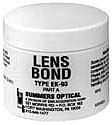 EK-93 / Part A
EK-93 / Part A 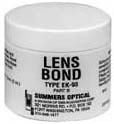 EK-93 / Part
B
EK-93 / Part
B